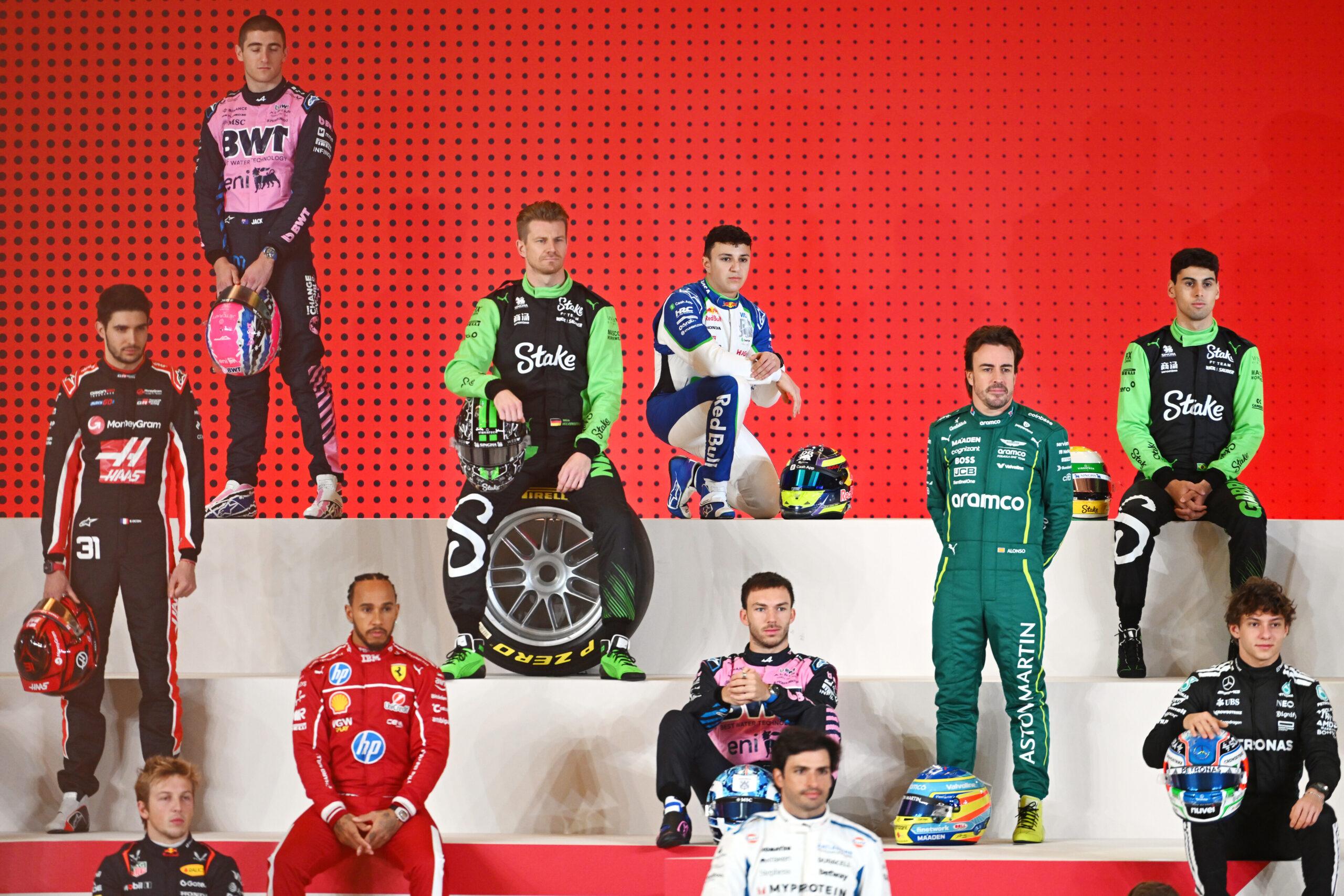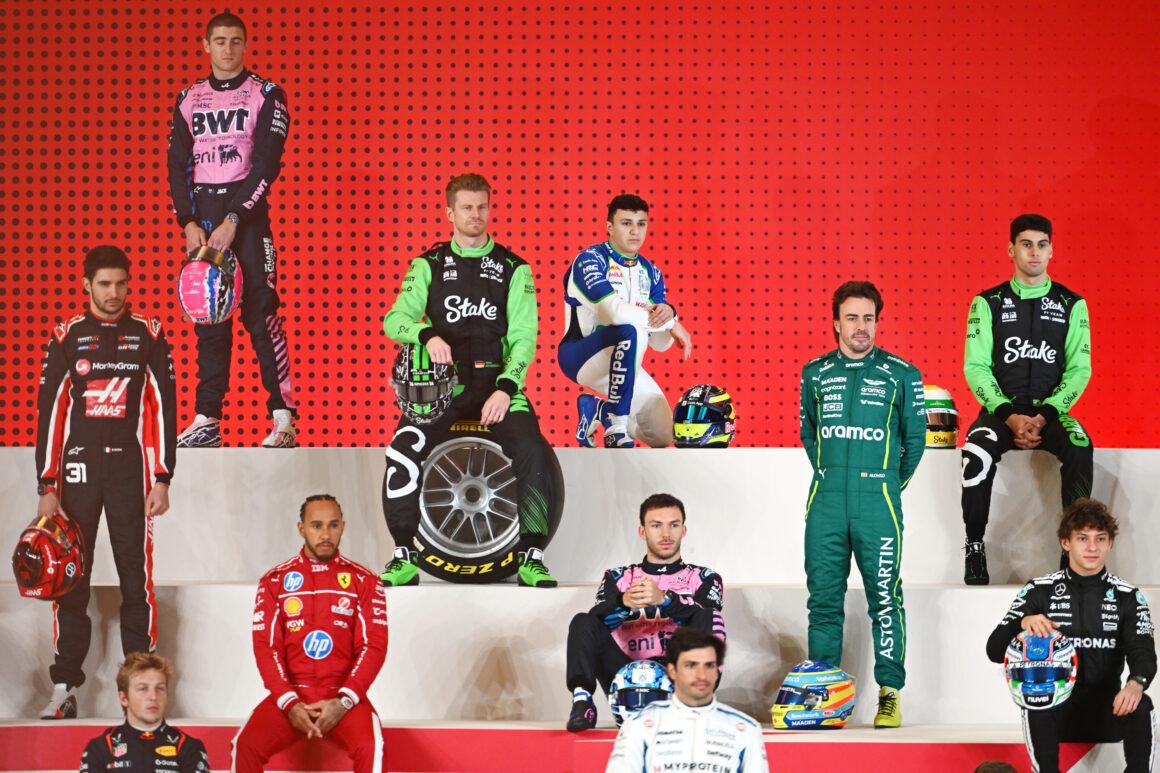You want an F1 car. Not a poster. Not a die-cast. A real, fire-breathing single-seater. Good news: it’s possible. Better news: there are options for different budgets, from static show cars to race-winners with pedigrees that make museums blush. The catch? This is motorsport’s top shelf. The price tags bite, the upkeep bites harder, and recent cars are guarded like nuclear codes. File this under: glorious madness.
So can you actually buy one? Yes. Can you drive it? Often. Should you expect it to be cheap or simple? Absolutely not. The plot thickens like a team’s excuse list.
How Much Does an F1 Car Cost?
Modern F1 cars cost a fortune to build. A current spec machine is often estimated at around €15 million if you include design and development. Just the materials? Roughly €1.6 million. That’s the neighborhood these monsters live in. Translation: you’re not ordering one new from a catalog and driving it home next week. Lights out and away we… oh wait, your bank manager fainted.
On the secondary market, history sells. Cars with big names and big wins command big numbers. Think Ferrari, McLaren, Schumacher, Senna. The market’s been trending up, and collectors are treating old F1s like rolling blue-chip assets. The competition? Reduced to expensive spectators.
Real-World Sale Prices That Broke Wallets
Let’s talk receipts. This isn’t fantasy; these cars change hands, often at auctions, and the numbers are savage. If you want a serious piece, you pay serious money. No pity laps here.
- Ferrari F2001 (Schumacher): ~$7.5M (2017)
- McLaren MP4/8A (Senna): ~£3.6M / €4.2M (2018)
- Williams FW14B (Mansell): ~$3.4M (2019)
- McLaren MP4-25A (Hamilton): ~€5.6M (2021)
- Ferrari F2003-GA (Schumacher, chassis 229): ~$14.8M (2022)
- McLaren MP4/5 (Senna): >$5M (2022)
- Mercedes W04 (Hamilton): ~$18.8M (2023)
- Mercedes W196R (Fangio): ~$29.6M (2013)
See the pattern? Big name, big team, big history equals big cheque. Everyone else? Still pricey, just less headline-grabbing.
Show Cars: The ‘Affordable’ Way In
Not ready to torch eight figures? Enter the F1 show car. These are full-scale, stunning replicas or ex-promotional chassis. They look the part. They sit pretty. They don’t run. Usually, only the steering works for pushing around. Perfect for a garage museum or a lobby that screams “I mean business.”
Prices range roughly from €100,000 to €400,000, depending on team and year. Some unicorns go higher—the Ferrari SF1000 show car hit ~€750,000 at auction. For presence per euro, it’s hard to beat. But if you want noise and lap times, this isn’t it. Display only. Expensive spectators.
Can You Buy a Running F1 Car?
Yes, but brace your wallet. If you want an authentic, running GP car you can actually drive at track days or historic events, the market delivers. The catch? Maintenance is brutal. Think specialized engineers, bespoke parts, and logistics that make a family vacation look like a walk to the corner shop.
The car’s value depends on condition, team, era, and who drove it. A Schumacher Ferrari or a Senna McLaren? That’s premium territory. Mid-grid cars from older eras can be “cheaper,” but cheap in F1 is still supercar money. Did Ferrari strategists forget how to count laps? Again? Sure. But they remember what their classics are worth.
How Recent Can You Go?
Don’t bother asking for a current Red Bull or Aston Martin. Recent cars are locked down for years to protect intellectual property. Teams hoard them. The most recent F1 cars you’ll realistically see for sale are usually a decade old or more—unless it’s a show car. That’s the wall nobody vaults.
So no, you’re not buying Verstappen’s title winner next week. You’ll get the history, not this season’s secret sauce. Somewhere, a PR manager just had a minor stroke.
Where Do You Actually Buy One?
The good stuff lives in auction houses, specialist brokers, and a handful of legit platforms. Private sales happen quietly, through connections. If you want the real game, you need the right doors opened—and a bank that doesn’t panic when you say “wire transfer.”
Serious starting points include the official marketplace and established operators. They broker, consign, and sometimes build licensed show cars. If it sounds too easy, it’s not. But this is the lane where deals get done.
Trusted Avenues and Marketplaces
Auctions are prime hunting grounds for historic F1 machinery. Private dealers and specialist shops also move inventory, including race-ready cars and show pieces. Classified platforms occasionally surface gems—if you know what you’re looking at and move fast.
Reputable routes include: F1 Authentics (official marketplace for race and show cars, and licensed builds), specialist sellers like AGS Formule 1 and LRS Formula, and classified sites such as GoToTheGrid, Mikado Racing, and RaceCarsDirect. Not all listings are public. Ask, and bring proof of funds.
Can You Drive an Old F1 Car?
Yes. If it runs, you can run it—within reason. Track days, demo events, and historic series welcome these cars. But you won’t just “turn the key and go.” You’ll need technicians, warmers, fluids, spares, and a plan. The car will punish sloppy prep. Another masterclass in how NOT to operate one? Skip the pros, and find out.
Several teams run client programs, and specialist outfits handle storage, maintenance, and track support. Names to know: Officina Caira (Belgium), LRS Formula (France), F-Xtreme (Switzerland), Geoff Page Racing (UK). Ferrari, McLaren, and Williams have internal divisions for customer support too. Pay to play, or don’t play at all.
Historic Championships That Take F1 Cars
Want to race? Two major playgrounds stand out. The FIA Masters Historic F1 Championship covers cars from 1966–1985—old school, high drama. Then there’s BOSS GP, a wild grid with ex-F1, GP2, Auto GP, Formula Nippon, and F3000 machinery. It’s like a greatest hits album with downforce.
Safety, eligibility, and noise rules vary. Your car and budget need to match the series. Show up prepared, or get lapped by logistics.
What’s the Real Cost of Ownership?
Buying is the easy part. Running costs will make you nostalgic for the sticker price. Fuel, tires, rebuilds, transport, and a specialist crew—every line item bites. Even storage is a consideration. This is not a Sunday cruiser; it’s a race car with demands.
You’ll likely need bespoke fluids, specific tire compounds, and parts that haven’t been mass-produced in ages. That’s why owners lean on specialist shops and team programs. The wind played favorites today; apparently it’s a budget fan.
Don’t Want to Buy? Drive One Anyway
You can still get your fix. Several schools and programs put you in F1 machinery, typically with coached sessions, telemetry, and strict protocols. It’s the taste without the ownership hangover. You’ll pay premium, but it’s still cheaper than a gearbox rebuild.
Examples include the Classic Racing School at Charade for historic experiences, Winfield Racing School at Paul Ricard with a Lotus E20 (2012-era F1), and manufacturer-backed experiences like Mercedes’ “World Champion Experience.” For a few hours, you’re the main character. The ol’ adrenaline divebomb special—warranty void where prohibited.
Who Should Buy an F1 Car?
Collectors who value history. Drivers who want the ultimate track toy and understand the cost. Brands that want a showpiece with shock value. If you’re hoping for cheap thrills, this is the wrong paddock. If you want the crown jewel of motorsport, this is the top of the mountain.
Bottom line: buying an F1 car is doable, and the market has lanes for different ambitions—display, demo, or outright racing. Just remember: the car doesn’t care about your dreams. It cares about budget, maintenance, and respect. Treat it right, and it’ll send everyone else back to karting school.

